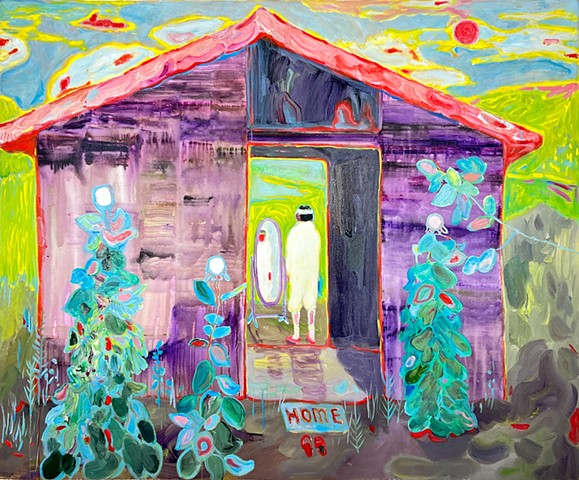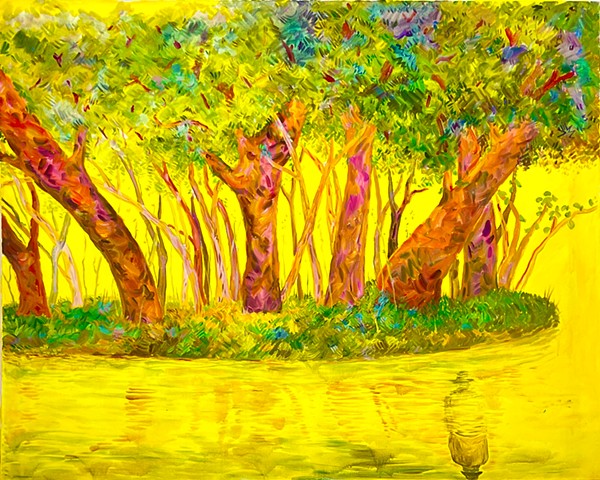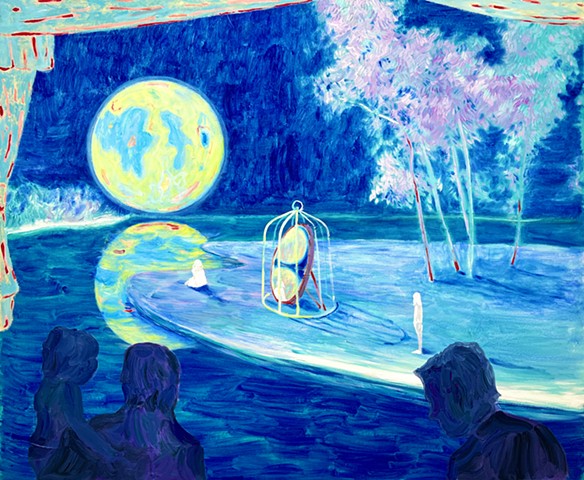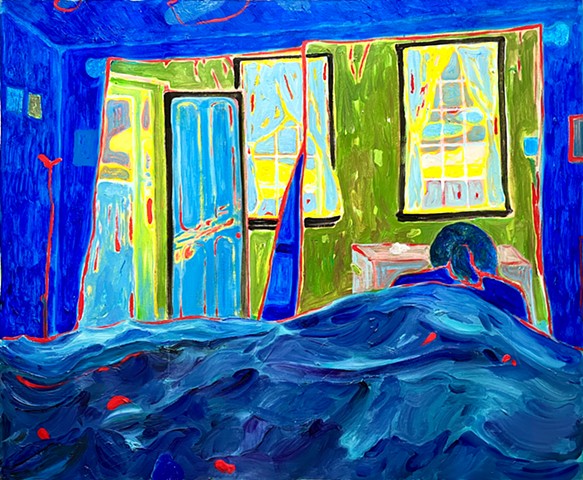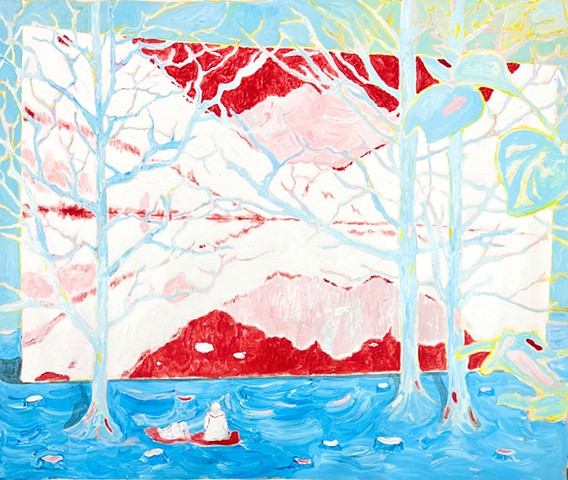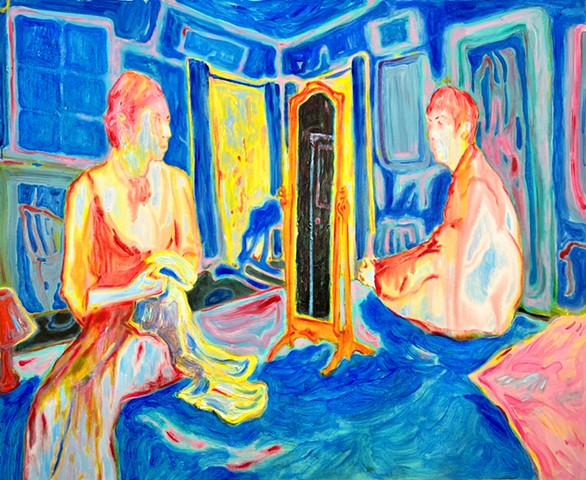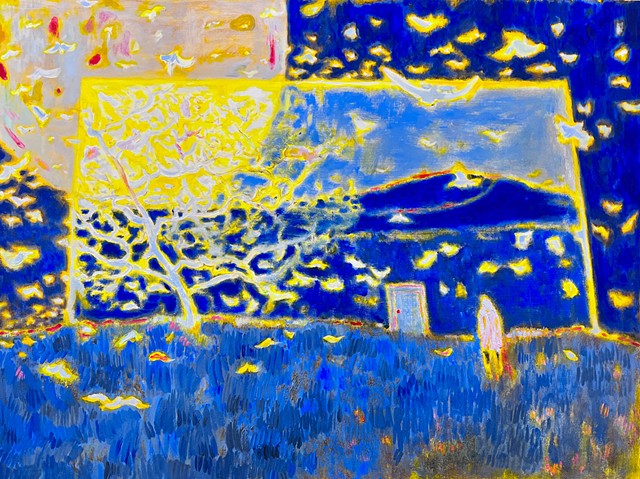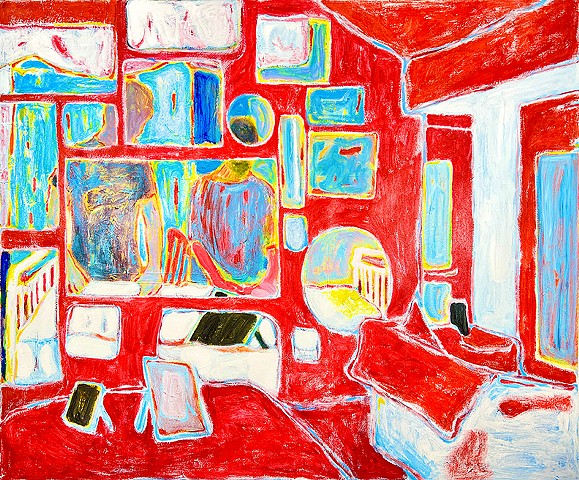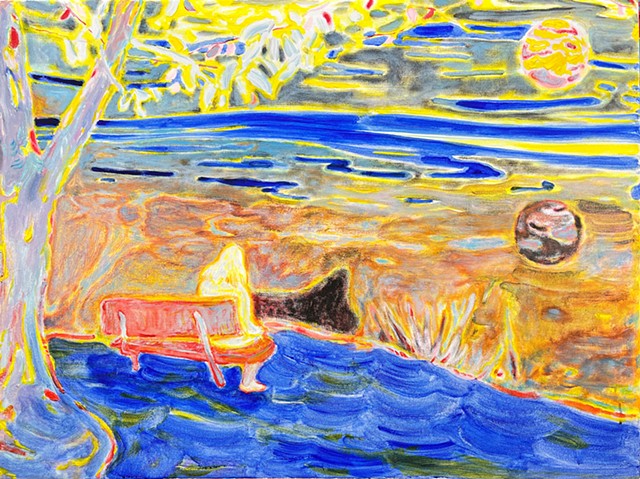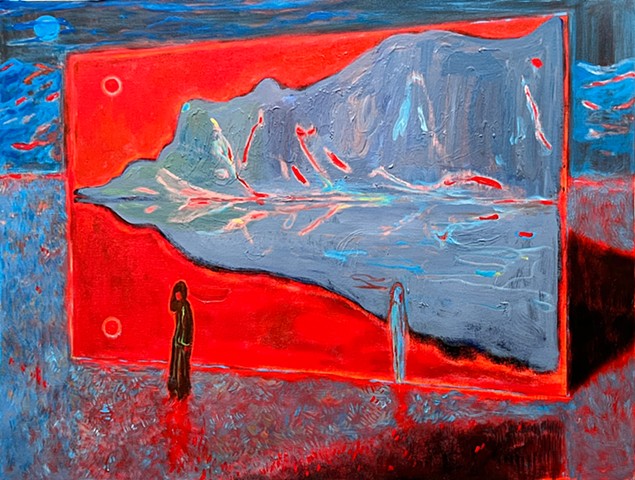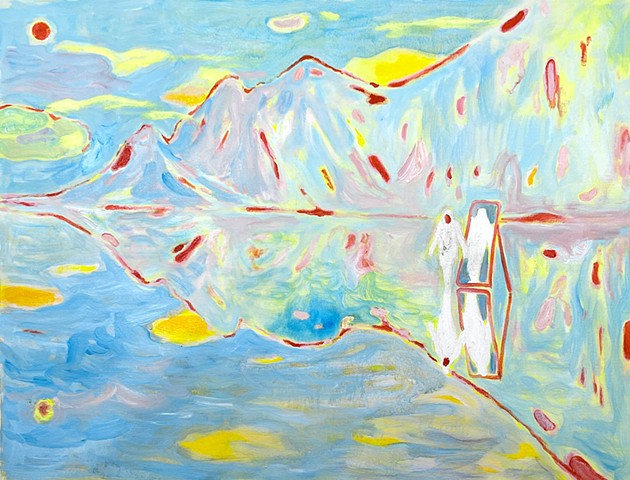Double Reflection Series
Double Reflection Series
In our ever-evolving world, I consider myself fortunate to be part of a generation that has witnessed the profound integration of the internet into our daily lives. My "Double Reflection" series, developed over three to five years, serves as a personal visual chronicle of the transition from a pre-internet era to active engagement in the virtual world. Rich in elements reminiscent of game and animation designs, the series depicts the juxtaposition of influences from 19th-century paintings, symbolizing real people, and bridges the gap between past and present, embracing imperfections much like the coexistence of my younger and older selves.
1: In the context of the internet's emergence into our lives
I often consider myself fortunate, possibly being among the last generation to witness the full integration of the internet into everyday life. Before turning twenty, I had minimal exposure to the online world, and communication with friends and family mainly depended on face-to-face interactions. The advent of the internet changed this dynamic. I don't see this as either good or bad; rather, I view it as a fascinating phenomenon. As an artist, I aim for my works to act as a form of documentation, capturing the experiences of those who lived without the internet but now engage with it extensively. Nowadays, we often interact with substitutes for physical objects and real people.
Many elements in the "Double Reflection" series' backgrounds, shapes, decorations, and colors are inspired by designs found in games and animations, serving as symbols for substitutes for real objects. The character designs are influenced by late 19th-century, early Impressionist, and realist paintings, representing real people. The combination of both elements in the same frame seeks to illustrate the experiences of those who once lived without the internet and are now frequent users.
2: The Parallel Worlds
When I first arrived in the United States at 19 and saw Bonnard's original paintings in the Metropolitan Museum of Art, I felt not awe but a slight disappointment. Having studied Western oil painting in China, where Bonnard was revered for his use of color, I had only seen his works in prints, which resembled Chinese landscape paintings in flatness and Soviet paintings in grayscale (due to printing reducing the color saturation). Even now, while I appreciate the real Bonnard, I still hold a deep respect for the Bonnard shaped by printing technology.
With the internet's widespread use, I believe many people share this experience, like the separation of personas on social platforms and in reality, both viewed as equally important and real. Another example is our constant attention to virtual world entrances, symbolized by individual squares and rectangles in the physical world, blurring the boundaries between the two realms.
Several works in the "Double Reflection" series also aim to convey this experience. For instance, in "Double Reflection in Christina's World," I depict the illusory projection of Wyeth’s curtain painting onto the “Chinese” Bonnard-style curtains. In "Meg Pie," I create a projection about the countryside, reflecting the surroundings.
3: Communicating with My Past Self
The third theme is more personal and seldom discussed. Essentially, I often wish for my works to allow viewers to see reflections of their own life experiences and memories.
I frequently converse with my 14-year-old self, as I approach 40. At 14, my grandparents were still alive, and these conversations include them and many others from my past. For me, time and memory are not linear. I often join my friends in questioning the concept of age, recognizing the mainly conceptual difference between my 14-year-old and 40-year-old selves.
Many works in this series took nearly three to five years to complete. In terms of color and composition, I often used artistic techniques from my early teens or even younger. Each year, I would spend some time on these pieces and then set them aside. Over the years, I collaborated with multiple versions of myself to finish this artwork. My goal isn't to make the piece increasingly perfect; instead, I hope it becomes more interesting and complete, filled with unexpected twists and turns, much like the coexistence of my 14-year-old self and my 40-year-old self.

